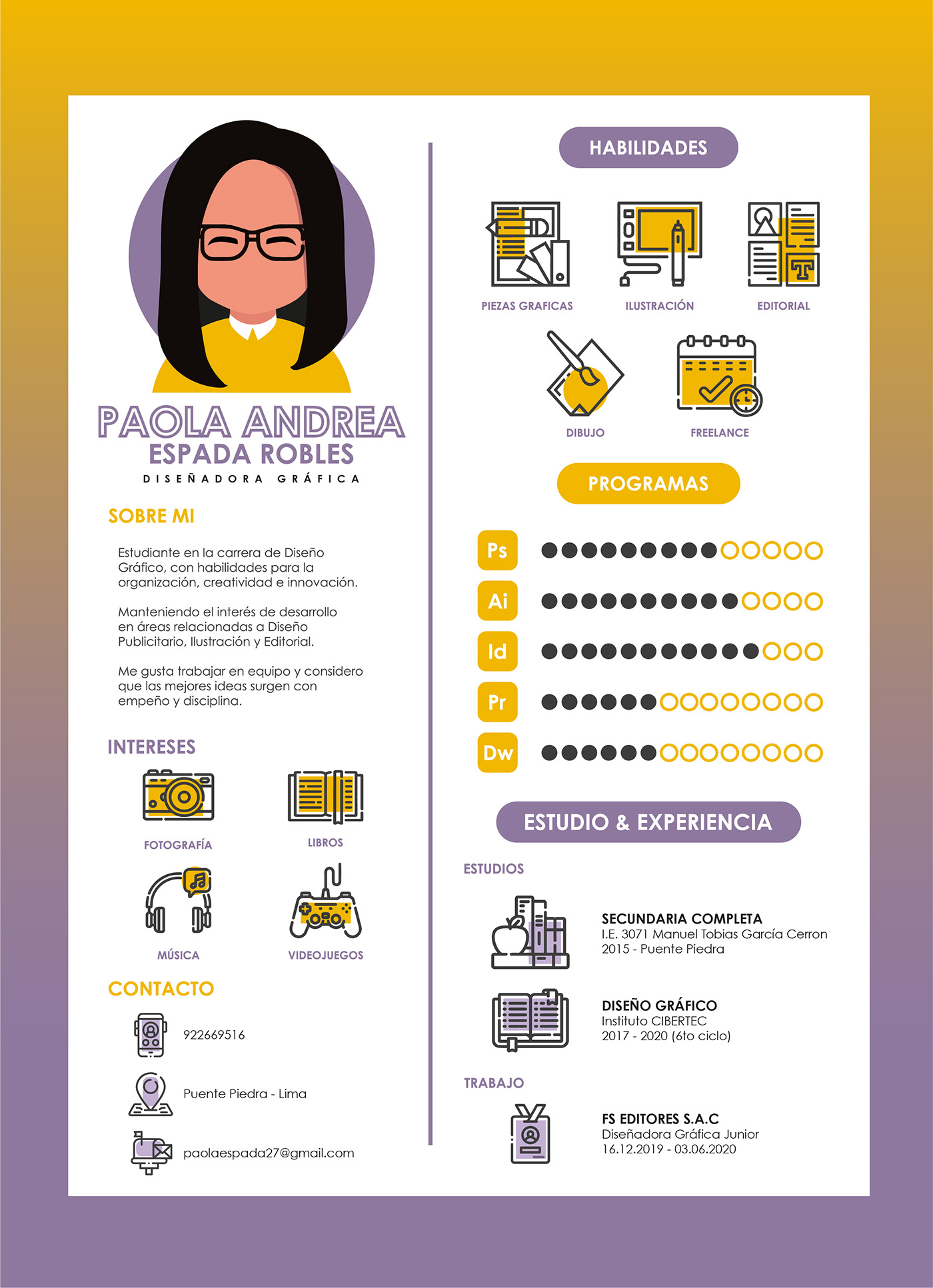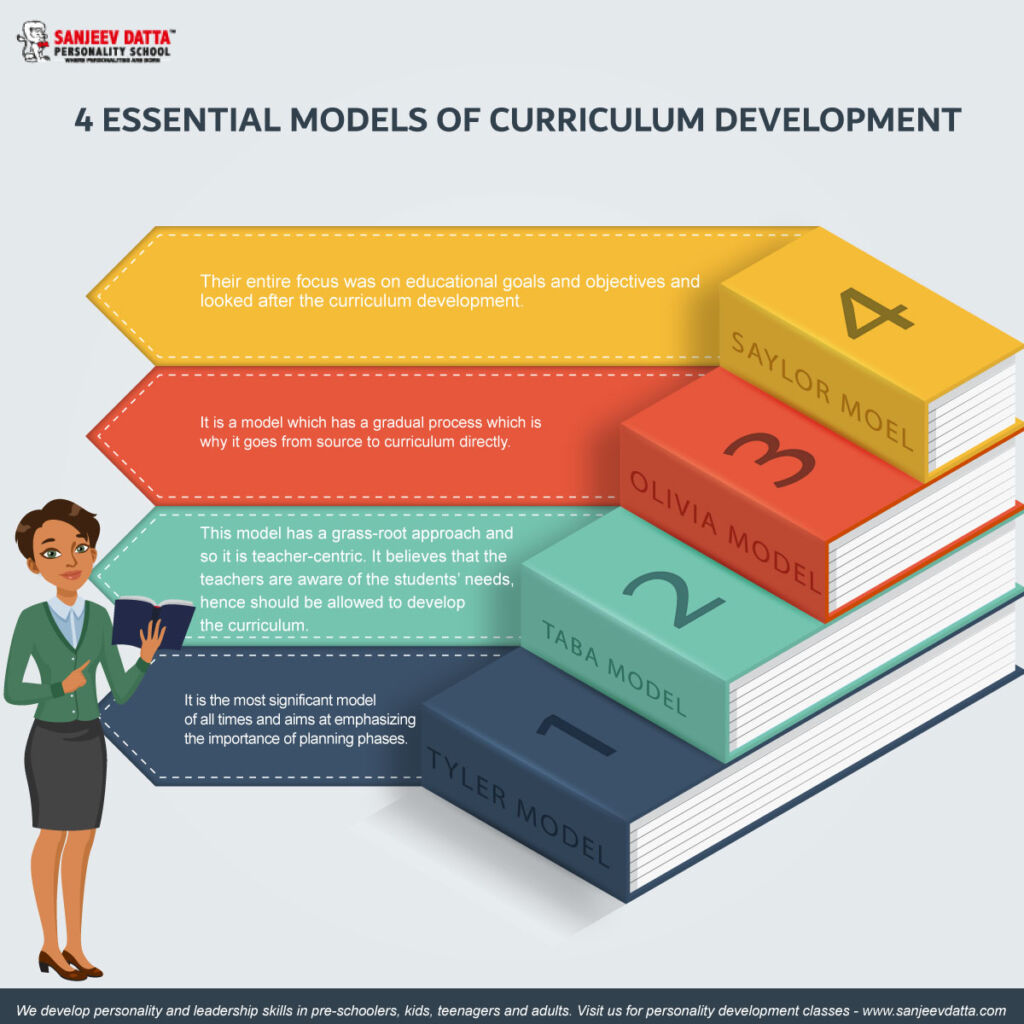Table Of Content

Curriculum design plays a vital role in creating engaging and impactful learning experiences for students. In this blog post, we will provide teachers with a comprehensive guide on how to design an effective curriculum. From setting clear learning goals to incorporating innovative teaching strategies, this article will equip educators with the knowledge and tools needed to create a curriculum that fosters student success and engagement.
What is curriculum development?
If your subject does not have a benchmark, we advise referring to the closest related subject and amending it as you see fit. Discover what it takes to meet the evolving needs and expectations of today’s students. Well as the opportunity to try out and reflect upon new approaches in the context of their own classrooms (Putnam and Borko, 1997).
Lessons from Refugee Education for Current and Future Pandemics

It involves crafting the specific learning materials, activities, and assessments to achieve the established goals and outcomes. Curriculum design focuses on the day-to-day organization of individual courses, determining the order and timing of lessons, and creating instructional materials, such as syllabi, assignments, and assessments. It’s about translating the broader curriculum into practical, actionable plans that educators can use to guide their teaching and students can use to navigate their learning journey. In essence, curriculum development sets the vision, while curriculum design brings that vision to life in the classroom. Curriculum development and curriculum design are two interrelated but distinct processes in the field of higher education. Curriculum development involves the overarching conceptualization and creation of a curriculum, often guided by educational goals, institutional mission, and learner needs.
TEACHER PROFESSIONAL DEVELOPMENT

Designing curriculum with the end in mind involves managing, designing, and organizing learning objectives, competencies, and standards within a curriculum. The process of designing curriculum with the end in mind is commonly referred to as “backward design” (Wiggins & McTighe, 1998). The teams who engage in curriculum design processes are comprised of people with diverse areas of expertise. Typically, a curriculum design team will include subject matter experts (e.g. faculty member), curriculum coordinator/director, curriculum oversight groups, instructional design and development specialists, and teaching/facilitation personnel. Depending on the nature of the curriculum, this can also include information technology specialists, organizational development specialists, data and research specialists, and senior leadership.
Best Degrees for Professional Curriculum Designers
Perspectives on AI in Higher Education: An Overview - University at Buffalo
Perspectives on AI in Higher Education: An Overview.
Posted: Wed, 24 Jan 2024 08:00:00 GMT [source]
One of the components of this plan was to develop a culturally responsive Math and ELA curricula that was reflective of the diverse experiences of our students across New York City. I knew that as an aspiring Chief Academic Officer that this particular project would further prepare me to lead teaching and learning at scale, but I also saw this project as a place where there was some additional capacity needed. Curriculum design focuses on the creation of the overall course blueprint, mapping content to learning objectives, including how to develop a course outline and build the course. Each learning objective is met with assessment strategies, exercises, content, subject matter analysis, and interactive activities. Subject-centered curriculum design is not student-centered, and the model is less concerned with individual learning styles compared to other forms of curriculum design.
These three domains of professional knowledge form the core content of professional development for teachers (NCTM, 2000; Schulman, 1986). Teachers use this knowledge to listen carefully to students and examine their work in order to identify understandings and misunderstandings and frame appropriate learning activities for each student (NCTM, 1991; NRC, 1996). Box 7-5 summarizes the design principles for professional development of teachers. Conversely, curriculum design refers to the more detailed and tactical aspects of implementing the curriculum that has been developed.
Improve Mental Discipline:
The principle of relating to community life is key for effective curriculum design. A Curriculum should be designed in a way that allows students to connect their school learning with the world around them. This can be done by incorporating local resources and opportunities into the curriculum, as well as connecting students with community members who can serve as role models and mentors. Developing differentiated instruction puts pressure on the teacher to create instruction and/or find materials that are conducive to each student's learning needs. Teachers may not have the time or may lack the experience or skills to create such a plan. Learner-centered curriculum design also requires that teachers balance student wants and interests with student needs and required outcomes, which is not an easy balance to obtain.
In one sense, curriculum design is creating a holistic plan for the environments where learning happens. This includes considering the physical, digital, social, and psychological factors that define the spaces and places where people learn (American Educational Research Association, n.d.). Moreover, professional development instructors are role models who contribute to teachers’ evolving visions of what and how to teach.
Table of Contents
A professional curriculum designer is a teacher who specializes in designing curriculums and ensuring they are implemented successfully throughout a school system. This can involve everything from working together with teachers and staff to create the right system for the school, to observing live classes to see what works and what doesn’t. Constructive alignment is the process of ensuring your learning outcomes (LOs), assessment and teaching activities are fully integrated. This integration helps to produce a focused learning experience for your students, leading to reliable assessment that accurately and consistently measures the extent to which students have achieved their course LOs (Cleaver and McLinden, 2021). More than anything, you should enjoy the process of learning and curriculum design and be eager to study new techniques, develop new skills and explore new theories.
For example, Doll (1992) says that curriculum design is a way of organizing that permits curriculum ideas to function. She also adds that curriculum design refers to the structure or pattern of the organization of the curriculum. Curriculum design does not just apply to schools, it applies to all kinds of other situations, too. For example, if you’re trying to teach your coworkers how to use a new technology system, you can design a curriculum. If you’re trying to teach your kids how to read, how to be compassionate human beings, or how to do long division, you’re also designing a curriculum. When students are actively learning and interested in the material, they are more likely to remember it long-term.
Doing so enables the teacher and staff developer to work together to interpret classroom events in light of various ideas about teaching, learning, and subject matter. A second approach is to have teachers bring experiences from their classrooms, such as samples of students’ work or videotapes of classroom activities, to workshops. Away from the classroom, teachers have opportunities to develop a reflective perspective on teaching by considering different points of view on their own teaching practice and that of others. Other activities, such as detailed study of the discipline, may best occur away from the classroom. Settings such as summer workshops free teachers from the daily demands of having to think about the immediate needs of their students and classrooms. To teach advanced mathematics or science well, teachers need to know their subjects deeply and extensively, know their students and understand how they learn, and know the pedagogical techniques specific to their subjects.
Educators are responsible for ensuring that their curriculum planning meets students’ educational needs, and that the materials used are current and comprehensive. On the one hand, some believe students should have a foundation of common knowledge, through core curriculum requirements. Others believe that students should be able to choose their own educational pursuits, by choosing their own courses or area of study. This fundamental disagreement is a frequently discussed topic in higher education environments, due to Harvard University’s core course requirement restructuring process. Professional development should emphasize more than the fundamental facts, concepts, and procedures of a discipline.
No comments:
Post a Comment